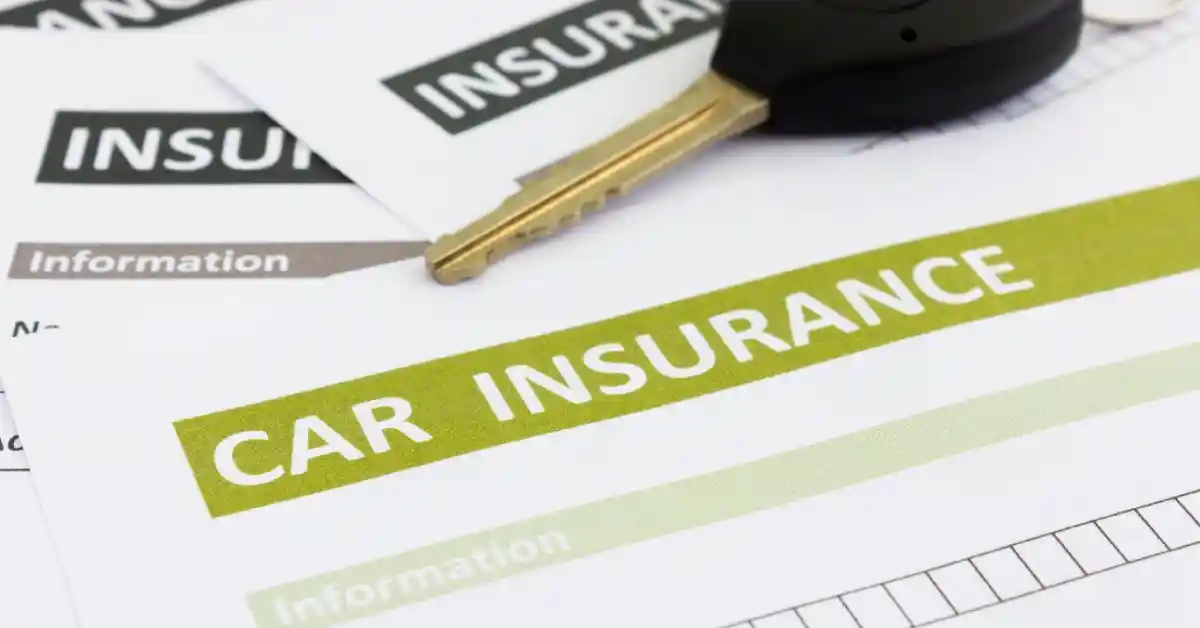What Is Auto Insurance?
Auto insurance is a contract between you and an insurer that protects you financially if you’re involved in a car accident, theft, or other covered event. In simple terms, it helps pay for damage to your car, injuries, and liability if you cause an accident.
Why Auto Insurance Matters in 2025
Car ownership in the U.S. remains at an all-time high, with over 280 million registered vehicles. With rising repair costs, inflation, and new driving technologies, auto insurance rates in 2025 are projected to increase by 6–8% nationwide (NAIC report). Choosing the right coverage isn’t just about legal compliance, it’s about protecting your finances.
Types of Auto Insurance Coverage
Liability Insurance
- Covers bodily injury and property damage you cause to others.
- Required in almost every U.S. state.
Collision Insurance
- Pays for damage to your car if you collide with another vehicle or object.
Comprehensive Insurance
- Covers non-collision damage such as theft, fire, vandalism, hail, or hitting an animal.
Uninsured/Underinsured Motorist (UM/UIM)
- Protects you if the other driver doesn’t have enough (or any) insurance.
Personal Injury Protection (PIP)
- Covers medical expenses and lost wages, regardless of fault.
- Required in no-fault states.
Average Auto Insurance Rates in 2025
| Coverage Type | Average Annual Cost (2025) | Notes |
| Minimum Liability | $620 – $950 | Cheapest option, limited protection |
| Full Coverage | $1,780 – $2,400 | Includes liability, collision, comprehensive |
| Teen Driver Policy | $3,800 – $6,200 | Highest-risk group |
| Senior Driver (65+) | $1,300 – $1,900 | Often discounted for safe driving |
📊 Note: Rates vary widely by state, age, driving record, and vehicle type.
State-by-State Auto Insurance Rates in 2025
| State | Avg. Annual Full Coverage | Notes |
| California | $2,650 | Highest due to population density |
| Florida | $2,420 | High accident + fraud rates |
| Texas | $2,180 | Severe weather risks |
| Ohio | $1,380 | Among the cheapest states |
| Maine | $1,250 | Lowest average cost |
💡 Quick Answer (AEO): The cheapest states for car insurance in 2025 are Maine and Ohio, while California is among the most expensive.
Top Auto Insurance Providers in 2025
State Farm
- Largest insurer in the U.S.
- Affordable rates and excellent customer service.
GEICO
- Competitive prices, strong digital tools.
- Best for budget-conscious drivers.
Progressive
- Known for “Name Your Price” tool.
- Great for high-risk drivers.
Allstate
- Strong accident forgiveness and add-on coverages.
- Higher-than-average premiums.
USAA
- Best for military families.
- Consistently high satisfaction ratings.
Discounts and Ways to Save in 2025
- Bundling: Combine auto + home insurance to save up to 25%.
- Safe Driver Discounts: Telematics programs (like State Farm Drive Safe & Save) reward good driving.
- Good Student Discounts: Up to 15% off for student drivers with a B average or higher.
- Pay-in-Full: Paying annually instead of monthly can reduce premiums.
- Electric & Hybrid Vehicles: Many insurers now offer discounts for eco-friendly cars.
Tips for Choosing the Best Auto Insurance
- Compare at least 3 quotes – Rates can differ by hundreds per year.
- Check coverage limits – Don’t just pick the cheapest liability policy; full coverage may save more in an accident.
- Review annually – Your premium may change with your driving record, age, or location.
- Consider deductibles – Higher deductibles lower monthly premiums, but increase out-of-pocket costs.
- Look for perks – Some insurers offer free roadside assistance, rental coverage, or accident forgiveness.
Real-Life Example
- Driver Profile: 30-year-old in Texas with a clean driving record.
- Option 1 (Minimum Coverage): $850/year.
- Option 2 (Full Coverage): $2,200/year.
➡️ If the driver owns a newer car, full coverage provides much better financial protection against accidents or theft.
Conclusion
Auto insurance in 2025 remains a must-have for drivers, but costs are on the rise due to inflation and vehicle repair expenses. By comparing providers, leveraging discounts, and choosing the right coverage, drivers can save significantly without compromising protection.







